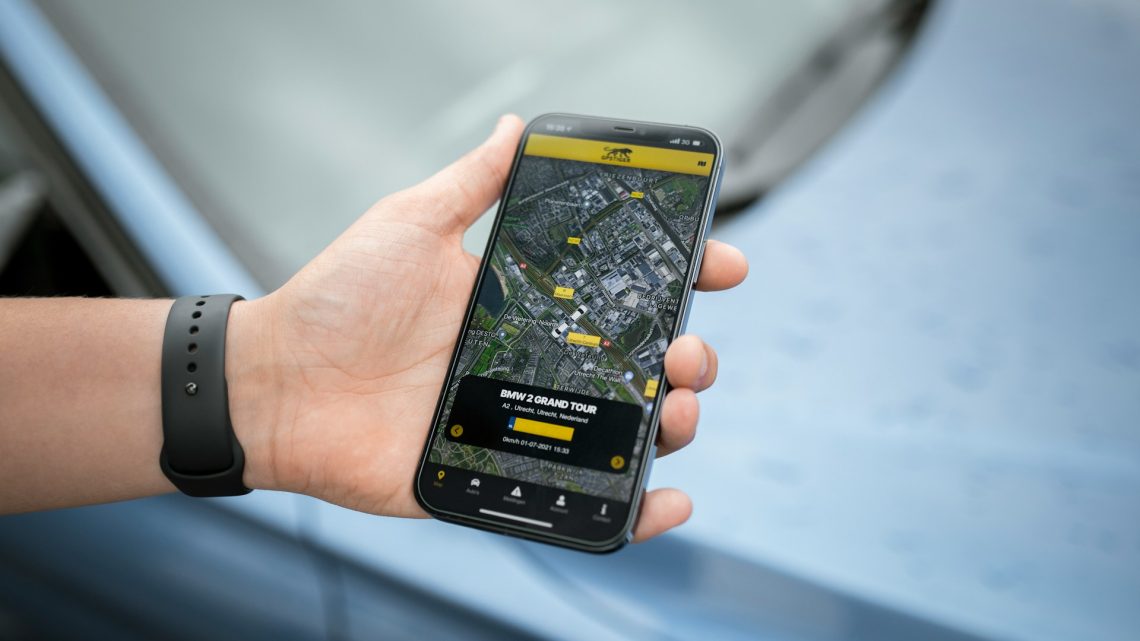A Glimpse into a Post-GPS World as Tech Giants Grapple with Current Flaws
27 August 2025While researchers at the University of Surrey are pioneering a new AI-driven technology that could one day make GPS obsolete, tech giant Samsung is simultaneously rolling out updates to fix fundamental GPS and charging flaws in its latest smartwatch. This contrast highlights the ongoing challenges and the revolutionary future of our navigation systems.
A British Breakthrough: Is This the End for GPS?
Researchers at the University of Surrey have unveiled a landmark innovation in geolocation named Pose-Enhanced Geo-Localisation (PEnG). This new artificial intelligence technology promises to reshape how we navigate, offering unprecedented accuracy and overcoming the well-known limitations of conventional GPS systems. In a world where reliable navigation is critical for autonomous vehicles and drones, PEnG could pave the way for a new era of location services.
The Shortcomings of Traditional GPS
Despite its widespread use, GPS has significant drawbacks. It struggles to perform reliably in areas such as tunnels, underground car parks, and dense urban environments, often referred to as “urban canyons.” In these situations, GPS coverage can be patchy or non-existent, posing serious problems for navigation systems that depend on it. Without a stable connection, positioning can quickly become inaccurate, jeopardising the safety and efficiency of operations.
This vulnerability presented a clear opportunity for innovation. According to Tav Shore, a postdoctoral research fellow in AI and computer vision, “Many navigation systems rely on GPS, but coverage isn’t always guaranteed. We wanted to create a reliable solution based solely on visual data.”
How the PEnG System Works
Unlike GPS, which relies on satellites, PEnG employs a hybrid method, combining satellite imagery with ground-level street-view photographs. The process operates in two stages: first, it determines an approximate position on a given street; it then refines this location while calculating the precise orientation using a technique known as “relative pose estimation.” This dual approach allows PEnG to deliver highly accurate localisation, even in complex urban settings.
A key advantage of PEnG is its ability to function with a simple monocular camera, a piece of equipment already standard in many modern vehicles. Dr Simon Hadfield, an associate professor in robotic vision and autonomous systems, emphasised this point: “One of the most compelling aspects of this system is that it transforms a simple monocular camera into a powerful navigation tool.”
Impressive Performance and Future Prospects
During trials conducted by the university team, PEnG successfully reduced the location error margin from a staggering 734 metres down to just 22 metres. This level of precision opens up a vast range of potential applications. The technology holds transformative potential for the autonomous vehicle and drone sectors, as well as urban logistics. By enabling reliable navigation without GPS dependency, it is particularly well-suited for fast-moving and unpredictable scenarios.
The team behind PEnG is now diligently working on a functional prototype for real-world testing. Backed by the University of Surrey’s PhD Foundership Award and with its findings published in the IEEE Robotics and Automation Letters, the research has also been made open source to encourage global innovation and collaboration.
Samsung Addresses GPS Headaches in Latest Smartwatch Update
Meanwhile, in the world of consumer electronics, Samsung has just released the third beta version of One UI 8 Watch for its upcoming Galaxy Watch 7. This update delivers highly anticipated fixes that improve sports tracking, GPS reliability, and charging stability, addressing issues that have frustrated users.
Notable Progress for Sports Tracking
The update, identified by the build number ZYHA, was first rolled out in South Korea and is expected to reach the United States shortly. It resolves a frustrating problem where the GPS would take a significant amount of time to re-engage after a user paused their workout. This bug has now been fixed, allowing for instantaneous tracking resumption. Furthermore, Samsung has refined its GPS data processing algorithm, resulting in more precise and detailed logging of routes for hiking and other outdoor activities.
Charging Bug Finally Squashed
Another persistent issue has plagued users: when the watch was placed on certain vertical charging stands, it would enter an infinite reboot loop, needlessly draining the battery. This beta release has definitively corrected the problem, ensuring a more stable and efficient charging experience without unnecessary power loss. The stable version of One UI 8 Watch is scheduled for a full release in September, promising Galaxy Watch 7 users a more reliable and optimised experience right from the start.


